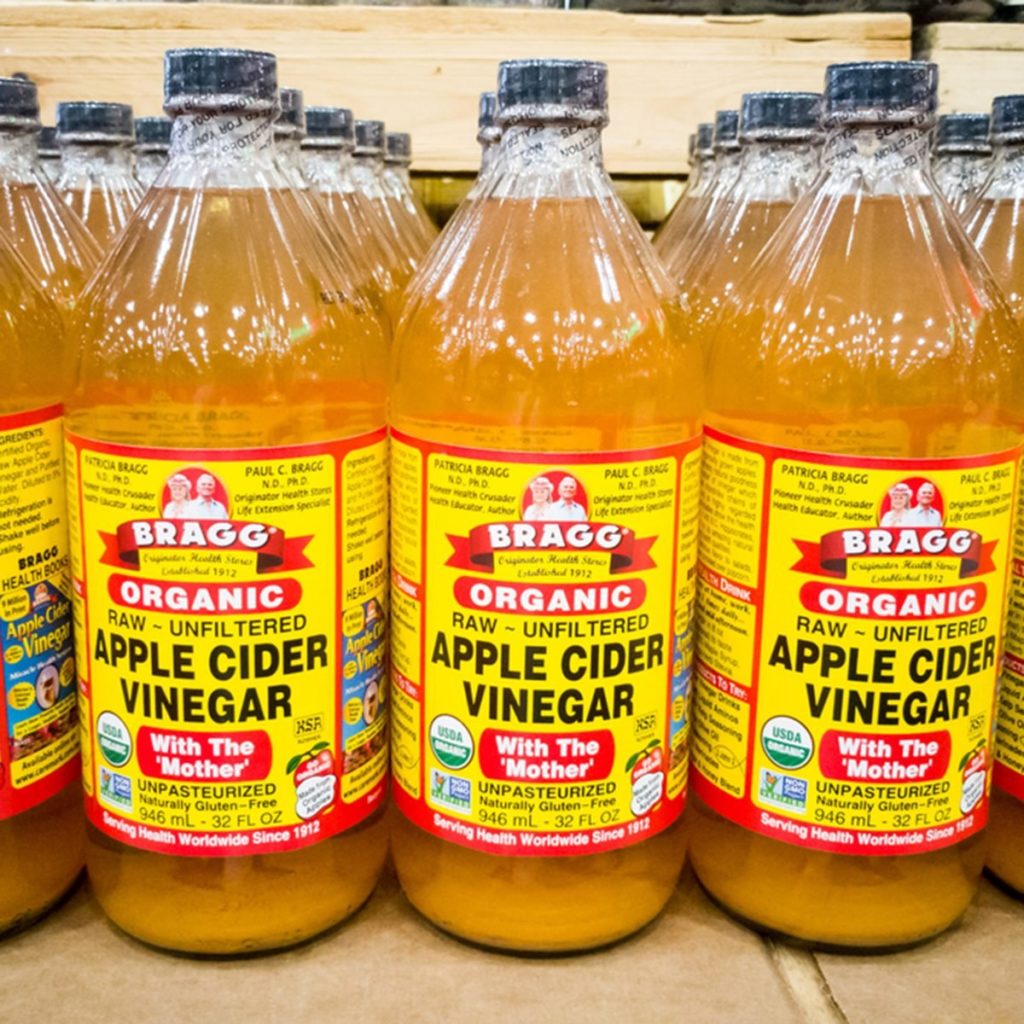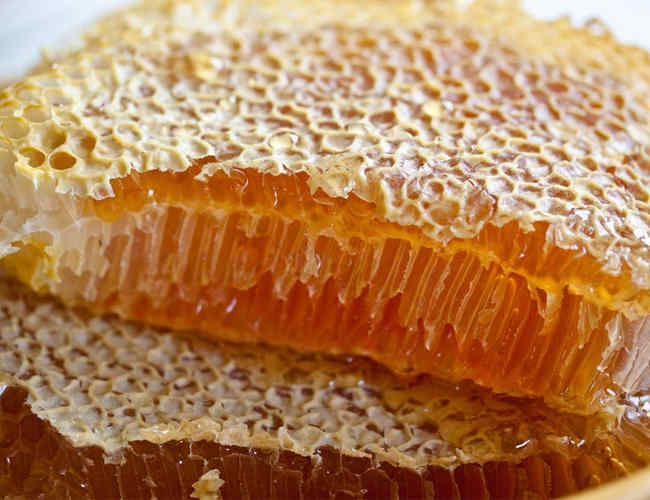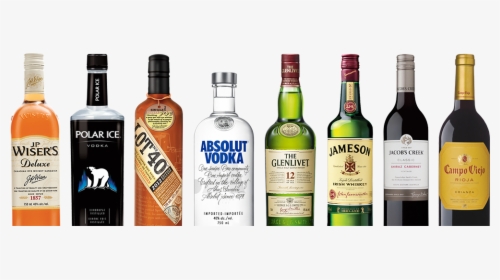Having a steady supply of food is the key to keeping up with the demands of survival. The easy choice would be to stock up on ready-to-eat foods like canned food and MREs. But most of these have less than a year’s shelf-life. Not really ideal if you want to prep for survival scenarios that may not happen until 20 years in the future.
Also, that would mean having to replenish your pantry once these expire. This effort can be expensive, not to mention time-consuming.
The safest route is to store food that can last you a lifetime. Yes, that’s right, there are certain types of food when appropriately stored that you can purchase now and never have to worry about. Plus, they can be used in a variety of ways other than being eaten.
Here’s a shopping list of items that we recommend you always keep in your pantry. These ingredients won’t make a full meal by themselves, but they can help make meals healthy and delicious. It’s also a good guide to kick-off your survival pantry.
- Dry Goods
- Salt
- Sugar
- Corn Starch
- Powdered Milk
- Liquids
- Apple Cider Vinegar
- Soy Sauce
- Raw Honey
- Liquor
- Starches
- Lentils
- White Rice
- Fats (Ghee)
- Snacks (Hardtack)
- Storage Tips
DRY GOODS
Salt
Opt for your common table salt. Avoid salt varieties with seasoning as these can have shorter shelf lives. Consuming salt is a staple in our diet because it replaces the salt we lose from sweating. This is especially needed in physically demanding survival scenarios.
It’s best practice to stock up a lot of salt for its wide variety of uses.
Survival Uses of Salt:
- Food
- Seasoning
- Preserving food
- Cleaning
- Cleaning dishes
- Reducing odors
- Removing rust off from meta tools
- Hygiene
- Brushing your teeth
- Treating wound
- Barter
Sugar
There’s a wide variety of sugars, but we recommend you purchase the white granulated kind since these last the longest.
Survival Uses of Sugar:
- Energy boost — It’s always good to have an extra kick of energy during emergencies.
- Preserving fruits — Sugar preserves fruits through canning, jams, and jellies.
- Avoids “meal fatigue” — Adding flavor to food commonly comes into mind when we talk about sugar. In emergencies, you’ll most likely be eating the same food every day for weeks, maybe even months. It might not seem important now, but having something sweet helps to avoid “meal fatigue”–you can thank us later.
- Barter — Like salt, sugar is also very barterable. When worse comes to worst, people will fight over a sweet treat. So having a steady supply can come in handy in the future.
Corn Starch
Corn starch is a thickener and can easily make you feel fuller.
Foods you can use corn starch in:
- Soup
- Gravies
- Sauces
- Stews
- Broths
- Eggs (to make them fluffier)
Outside of consumption, corn starch can also be used to:
- rid odors
- soothe rashes
- repel insects
Powdered Milk
Nothing beats fresh milk, but it’s hard to store and come by. Powdered milk is a good alternate.
Nutrition powdered dairy provides:
- Calcium
- Vitamin D
- Protein you get from fresh dairy.
There are many powdered milk varieties out there, from regular full-fat to almond, oat, and soy–but go for your favorite flavor. We can’t reiterate enough how important it is to stock up on food that you actually like.
LIQUIDS
Apple Cider Vinegar
There’s a wide variety of vinegar, but this is our pick because of its sweeter profile. They’re great as a marinade and as a sauce for salads and greens. But what makes vinegar special is its countless cleaning benefits.
Survival Uses of Vinegar:
- Gut cleansing
- Killing harmful bacteria
- Cleaning up stubborn grime and dirt around your home

Soy Sauce
Soy sauce has been popular with Asian cultures for over a millennia, for a good reason. Its high salt content keeps it safe to consume virtually forever.
Add soy sauce to any meal you want to become less bland and more savory.
Food you can add soy sauce to:
- Stir-fries
- Dips
- Marinades
Blend any of these ingredients with soy sauce to balance its saltiness:
- sugar
- honey
- lemon
- vinegar
Raw Honey
This naturally sweet treat gives you that extra energy boost whenever you need it. Don’t worry if it crystalizes over time. Simply heat it, and it goes back to its normal sticky consistency.
Use honey to sweeten up food like:
- drinks
- marinades
- sauces
Out of all the goods in this list, honey has been found to have the longest shelf life. When Ancient Egyptian tombs were dug up and opened, they found raw honey inside, and it was still edible! And those tombs were dated thousands of years ago. That’s how long honey lasts.

Liquor
You might be surprised liquor is on the list, but it has a lot of uses in the wild.
Survival Uses of Liquor:
- cleaning product
- pain reliever
- disinfectant
- barter good.
But use this sparingly. Alcohol might be enjoyable, but it can be highly addictive and dehydrate your body, among other complications.

STARCHES
Lentils
Legumes have been popular in Middle Eastern areas for thousands of years. They’re filling and easy to cook. Simply add lentil to boiling liquid (water or stock) and it’s good to eat. The rule of thumb is 3 cups of liquid for every cup of lentil.
Nutritional Benefits of Lentils:
- Packed with protein and vitamins, and minerals
- An excellent alternative to protein
- Have blood sugar-regulating properties which are helpful for diabetes patients.
White Rice
White rice is the world’s most popular carbohydrate. In many cultures, food only counts as a meal if it has rice. Cooking it for the first time can be challenging, but it’s easy once you get the hang of it.
How to cook white rice:
- Make sure to rinse it until the water comes clear–unless you like your rice extra starchy.
- The portion of cups of water to cups of rice is 1:1.
- Place over fire and turn the heat once it boils.
- You can also set aside the rice water in a sealed container. This can be used as a thickener for soups or even as a remedy for dry skin.
FATS
Ghee
Ghee is essentially butter that’s been boiled until no more moisture is left. All you’re left with is pure milkfat you can use as cooking oil.
It’s primarily used in South Asian cuisine and is a bit hard to come by if you don’t make it yourself. But its flavor and long shelf-life make ghee worth it.
SNACKS
Hardtack
Hardtacks were used as a food ration by military forces for hundreds of years–from Ancient Egyptians to Civil War soldiers. These dry, hard biscuits are made from drying a mixture of flour and water.
The taste resembles that of a salt cracker. You can munch these as a snack on the trail or add them to soups as dumplings.
But when we say they’re hard and dry, they can be really tough.
Add these to hardtack to soften it up:
- warm water
- coffee
- milk
- liquor
STORAGE TIPS
These goods are called “superfoods” for a reason. They can last you forever and have a wide variety of uses. However, remember the general rules for storing these staple pantry items:
- Keep them in an airtight, sealed container placed in a cool, dry place.
- Avoid humidity and moisture. Even the slightest humidity can damage them.
- Buy sturdy containers.
